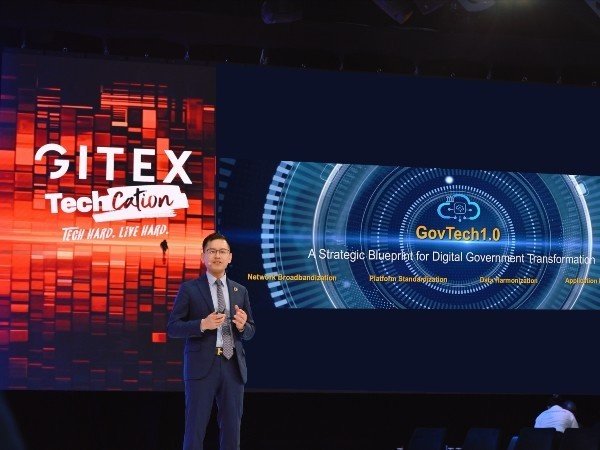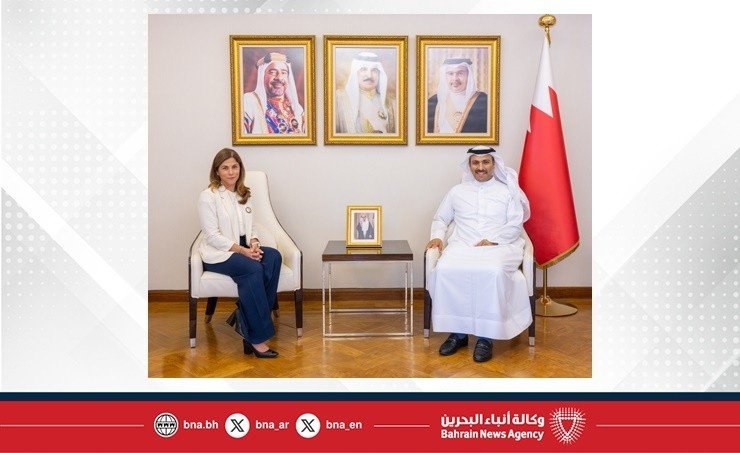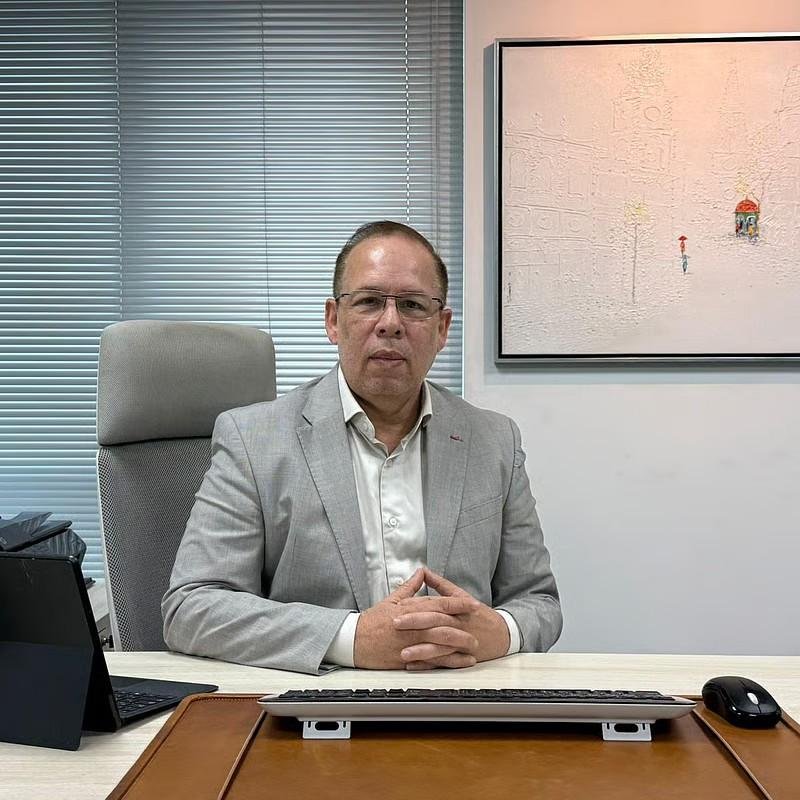Huawei has introduced ‘GovTech1.0,’ a comprehensive framework aimed at helping governments across the Middle East and Central Asia accelerate their digital transformation efforts and harness technology as a catalyst for sustainable economic growth.
Unveiled by Allen Tang, President of ICT Marketing & Solution Sales Department at Huawei Middle East and Central Asia, the framework serves as a “strategic blueprint” to fast-track government modernization and enable smarter, data-driven governance.
Four Pillars of GovTech1.0
The GovTech1.0 framework is built around four key pillars:
- Application Intelligentization – embedding AI into government systems to enhance decision-making and service delivery.
- Data Harmonization – creating unified data architectures to ensure seamless access, analytics, and interoperability.
- Platform Standardization – deploying integrated digital platforms to streamline processes across ministries and agencies.
- Network Broadbandization – expanding high-speed connectivity to empower e-services and improve citizen access.
These foundations aim to transform how public institutions function — from governance and emergency response to public service delivery — using Huawei’s expertise in cloud, AI, and advanced network infrastructure.
Insights from Huawei’s GDII Report
Tang cited insights from Huawei’s Global Digital and Intelligence Index (GDII), which evaluates 90 countries across five dimensions — data, connectivity, computing, talent, and innovation. The report found that the UAE, Saudi Arabia, Kazakhstan, and Uzbekistan are emerging as leaders in digital growth, driven by heavy investments in AI, cloud computing, and broadband expansion.
Emerging Technologies Driving GovTech
Huawei emphasized that technologies like Wi-Fi 7, IPv6, and SRv6 will shape the next generation of government networks — boosting performance, security, and scalability.
Tang also highlighted Saudi Arabia’s Vision 2030 as a prime example of this transformation. Huawei’s ongoing collaborations in the Kingdom include deploying intelligent management systems and energy-efficient networks, reinforcing Saudi Arabia’s position as a regional hub for smart connectivity and digital governance.
AI at the Core of Public Sector Modernization
Tang underscored that AI is now central to digital government initiatives, enabling predictive analytics, smart automation, and citizen-centric services.
“Systems must be secure, simple, and end-to-end,” he said.
“AI platforms should be faster, open, and flexible — supporting multiple models for rapid deployment and automation.”
Across the Middle East and Central Asia, Huawei is partnering with public institutions to build AI centers, governance frameworks, and cloud-based platforms that strengthen operational resilience and drive innovation.















